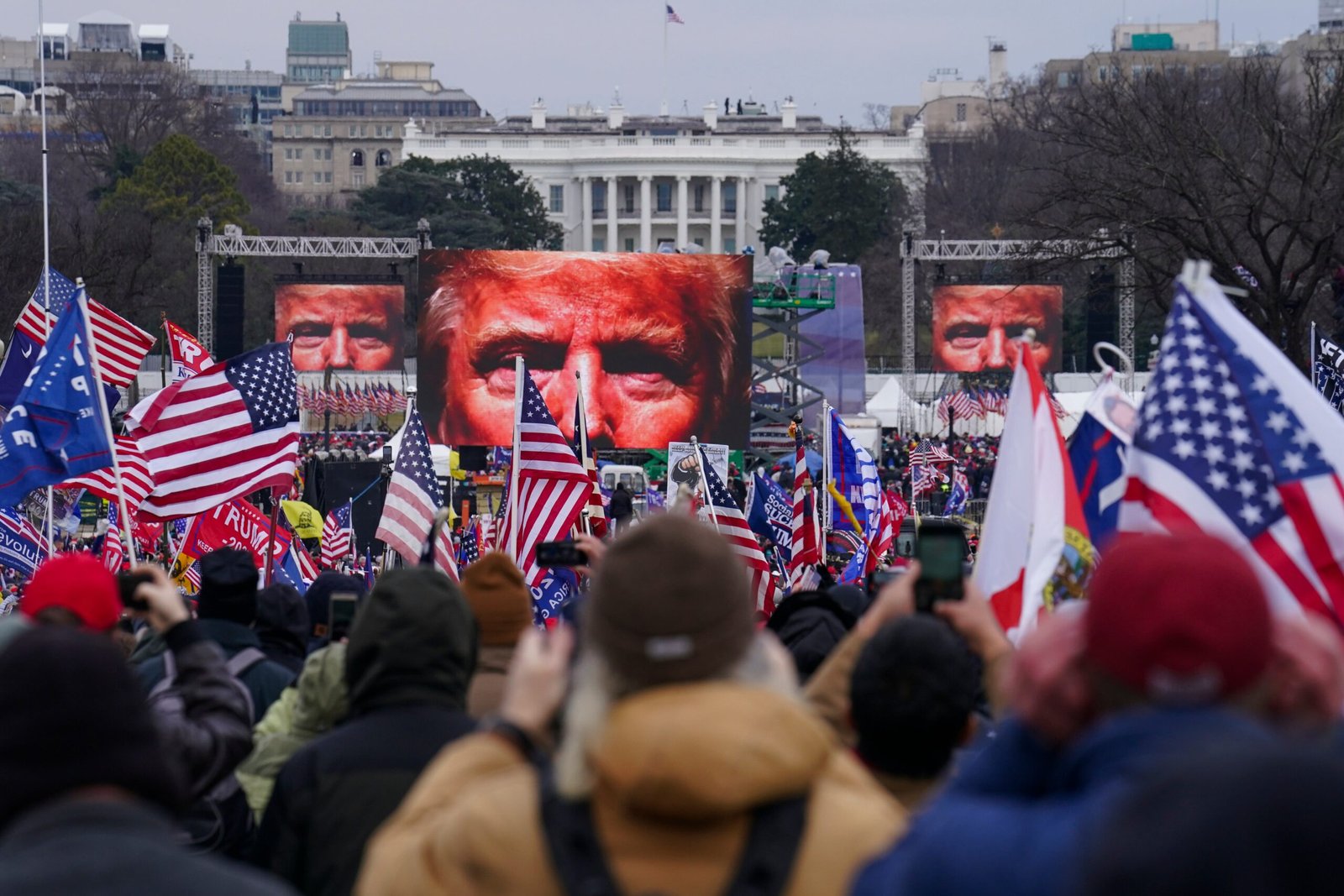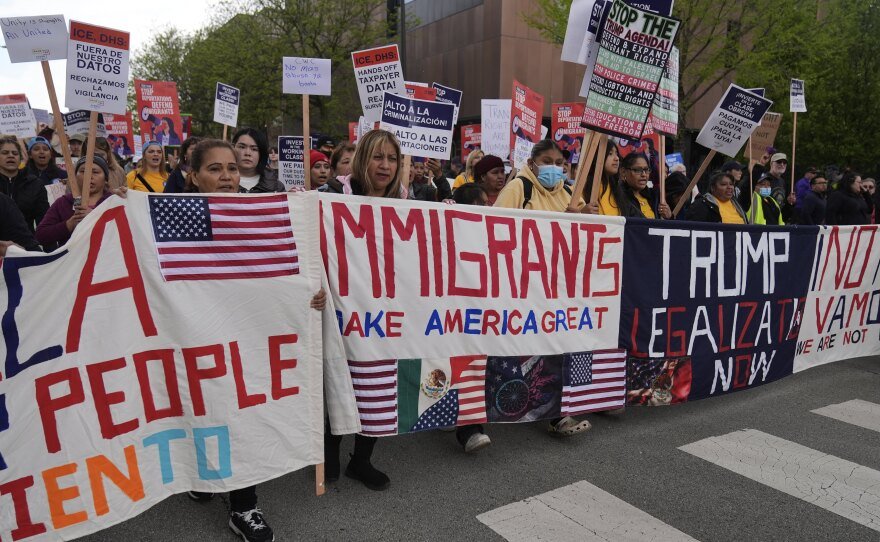
The Republic After Fire: Will the United States Survive Itself?
“Every empire tells itself it is an idea. Until that idea no longer moves its people.”

Prologue: Smoke in the Archive
In the summer of 2025, as wildfires tore through Northern California and protests ignited across cities, a photograph went viral:
A boy, maybe 11 years old, holding a sign in front of the Sacramento Capitol. It read:
“We’re still here. Are you?”
The question was not aimed at politicians. It was aimed at America itself — at the promise of a republic that no longer feels functional, cohesive, or believable.
What follows is not a prediction. It is a meditation on what could come next.
I. Collapse, as a Civic Condition
When people hear “collapse,” they imagine sudden violence: borders breaking, wars erupting, money vanishing.
But the real collapse of a democracy is quieter.
It looks like:
- Courts whose rulings are ignored
- Presidents who govern by executive threat
- States refusing federal directives
- A population that no longer votes because it no longer believes
- Agencies that act independently of oversight
- A media system that cannot agree on what just happened
In 2025, the United States is not exploding. It is unbinding.
II. Paths from the Edge
There are three directions a fractured republic can go:
- Soft Fragmentation
States continue drifting ideologically, but avoid open conflict.
The U.S. remains a federation in form, but functionally becomes a continental negotiation zone, like a version of the European Union — without the shared currency or legal architecture.
- Authoritarian Convergence
In the name of unity, a charismatic leader centralizes power.
Emergency decrees become policy. Protests become sedition.
Democracy is preserved in form, hollowed in meaning.
- Radical Reinvention
A new civic framework emerges — not from Washington, but from below.
Decentralized democracy. Ecological justice. Economic redistribution.
The republic is rebuilt, painfully, on new foundations of consent.
None of these outcomes are guaranteed.
But one of them will come — unless civil inertia delivers something worse: permanent crisis management as the new normal.
III. What Must Be Unlearned
To survive, the United States must let go of four myths:
- That unity requires sameness
- That law ensures legitimacy
- That economic growth guarantees justice
- That the Constitution is always enough
It must accept that:
- States may need new compacts
- Power may need to be redistributed radically
- Representation must include those who were never meant to be seen
- Memory must include the harms that made the present possible
Without this reckoning, the republic may remain—but not as anything worth preserving.
IV. What Could Be Rebuilt
If there is to be an American future, it will not be inherited. It will be:
- Decolonized
- Reimagined
- Made multilingual, multipolar, and post-capitalist
- Built not on nostalgia, but on interdependence and mutual survival
It will not look like what came before.
It will look like:
- Youth assemblies in public parks
- Civic budgets controlled by neighborhoods
- Climate refugees housed by tax-funded green zones
- Work redefined, care valorized, sovereignty rebalanced
This is not utopia. It is what realism looks like after illusions collapse.
Conclusion: A Union Without Imagination Cannot Last
The United States is not destined to fail.
But it is not destined to endure either.
Destiny, like democracy, is a practice, not a guarantee.
What burns today in California is not just forest, or anger.
It is a story that no longer fits the country it was meant to contain.
What rises next will depend not on presidents or parties — but on whether people still believe that something better can be built from what the fire leaves behind.
For a full 100-page sociological, political, and historical deep dive into the California crisis and its national impact, read California on Fire — a powerful expert analysis of immigration, federal breakdown, civil unrest, and America’s uncertain future.


